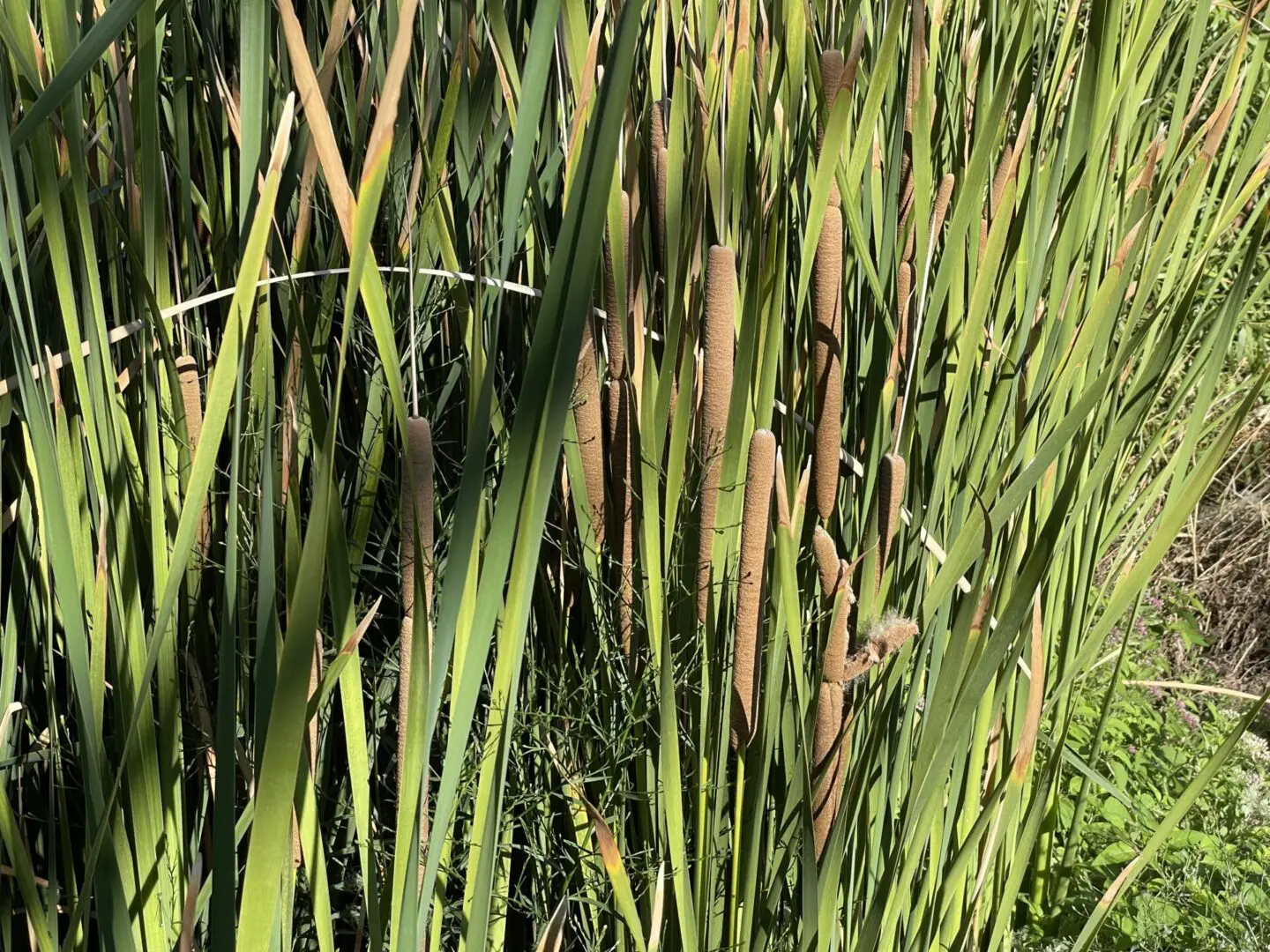
The Southern Cattail Wetlands Park Friends
Typha / ˈ t aɪ f ə / is a genus of about 30 species of monocotyledonous flowering plants in the family Typhaceae.These plants have a variety of common names, in British English as bulrush or reedmace, in American English as reed, cattail, or punks, in Australia as cumbungi or bulrush, in Canada as bulrush or cattail, and in New Zealand as reed, cattail, bulrush or raupo.
Hogla or Southern cattail, Typha domingensis
Description. Yellow Foxtail is a summer annual grass that is quite weedy. Its natural habits include gravelly areas along rivers, vacant lots, lawns, grassy areas along roads and railroad tracks, fields, pastures. It is seldom found in natural areas, it prefers full sun with moist to slightly dry conditions in disturbed landscapes as noted above.
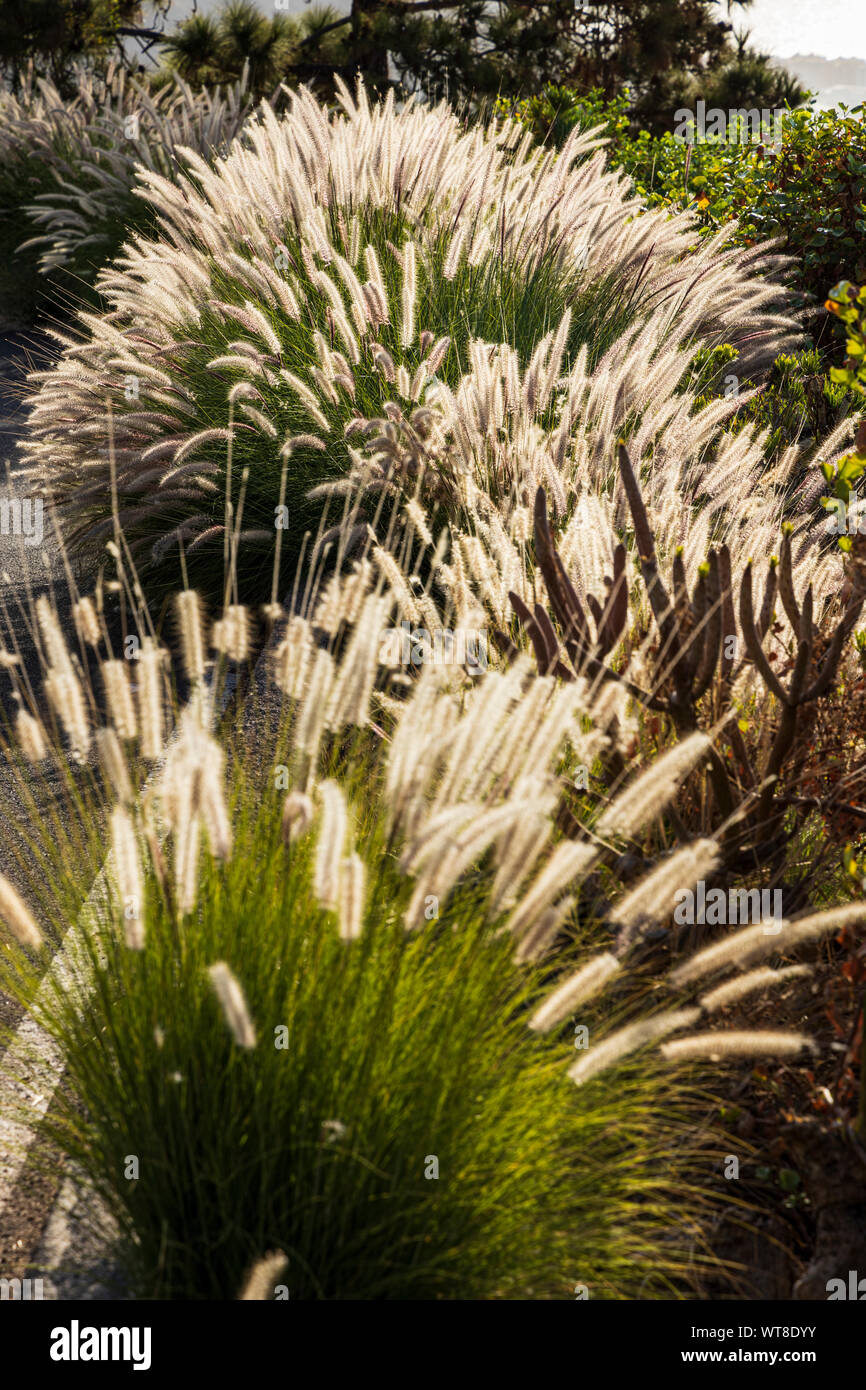
Pennisetum setaceum, cats tail grass, rabo de gato, an introduced species for decorative
Typha latifolia, commonly called Cattail, are easy to grow ornamental native grass plants. Rest assured, when you buy Cattail plants for sale online from Wilson Bros Gardens, we safely ship the highest quality container-grown specimens that are ready upon arrival to plant and thrive for years to come in your gardens - Guaranteed!

Typha latifolia (Broadleaf Cattail, Bulrush, Common Cattail) North Carolina
Cattail grass, also known as Typha, is a unique and versatile plant that plays an essential role in wetland ecosystems. This article aims to explore the importance of teaching students about cat tail grass and discusses various methods educators can implement to instill an appreciation for the plant's value within their students.
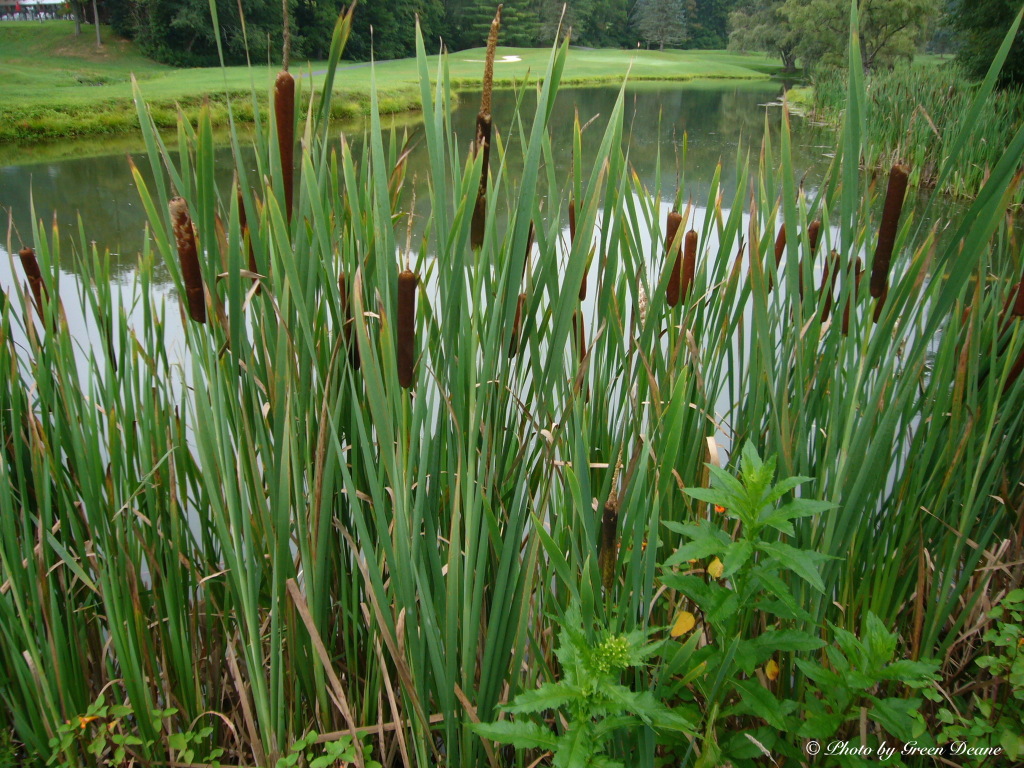
Cattails A Survival Dinner Eat The Weeds and other things, too
All parts of the cattail plant, from the roots to the flower heads, are edible. The rootstock can be boiled, roasted, or dried and ground into a powdery flour. The center of the stalks is thick and starchy and the flower heads can be roasted for a nutty tasting treat. Cattail plants have industrial uses as well.

Free Stock Photo of Cattail Grass Download Free Images and Free Illustrations
Typha remotiuscula Schur. Typha spathulifolia Kronf. Typha latifolia, better known as broadleaf cattail, [4] is a perennial herbaceous plant in the genus Typha. It is found as a native plant species in North and South America, Eurasia, and Africa. The T. latifolia genome was published in 2022.

cattail grass (First State NHP Plants) · iNaturalist
Cattail (Typha) is an iconic emergent wetland plant found worldwide. By producing an abundance of wind-dispersed seeds, cattail can colonize wetlands across great distances, and its rapid growth rate, large size, and aggressive expansion results in dense stands in a variety of aquatic ecosystems such as marshes, ponds, lakes, and riparian areas.
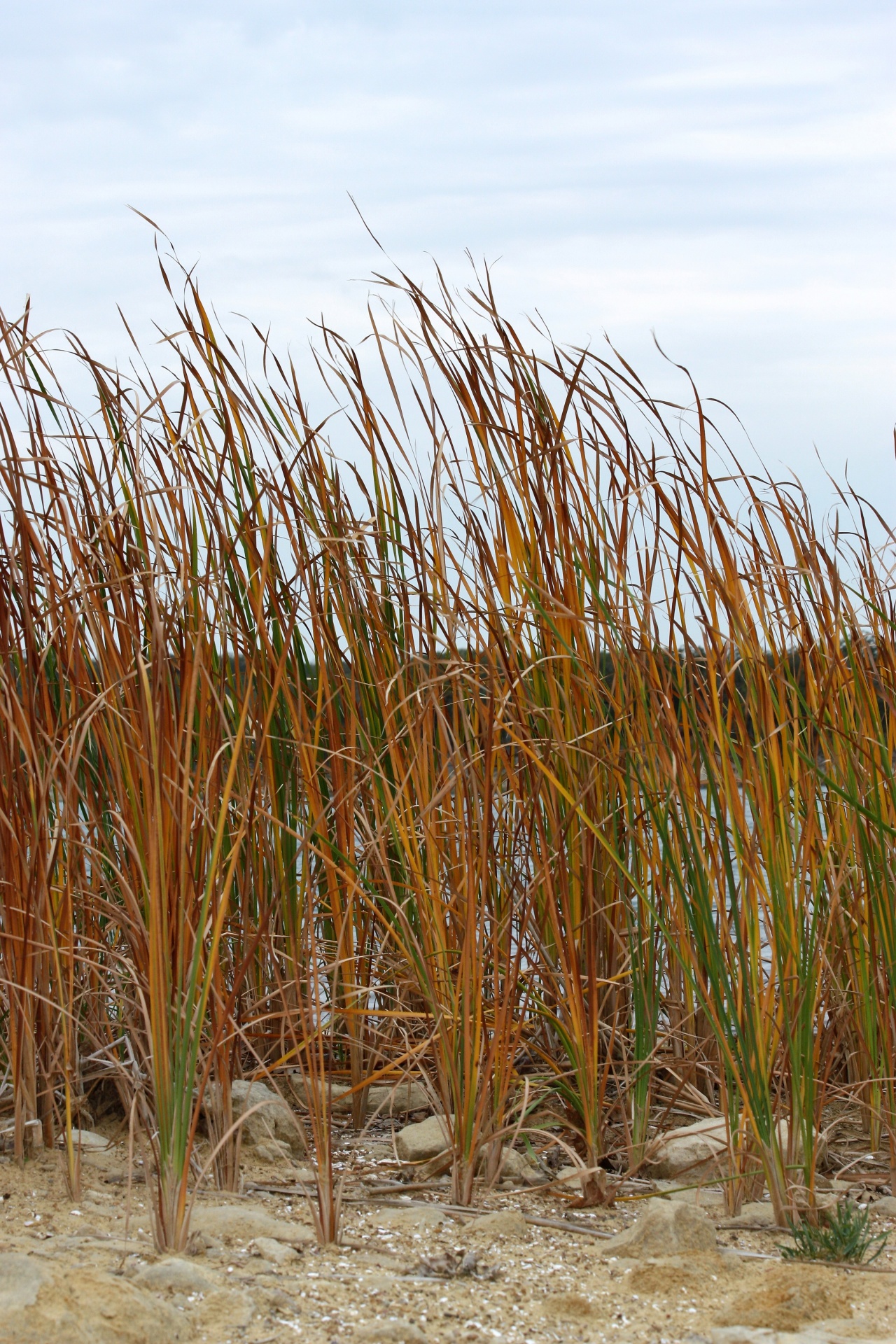
Cattails On Beach In Fall Free Stock Photo Public Domain Pictures
Fill the pots 2 inches deep with a moist mixture of half made up of starter seeds and half coarse sand. Put two or three cattail seeds in each pot. Gentle press the seeds on the compost surface, then cover with a 1/4 inch thick layer of compost and sand. Place the pots on a within a cold frame.
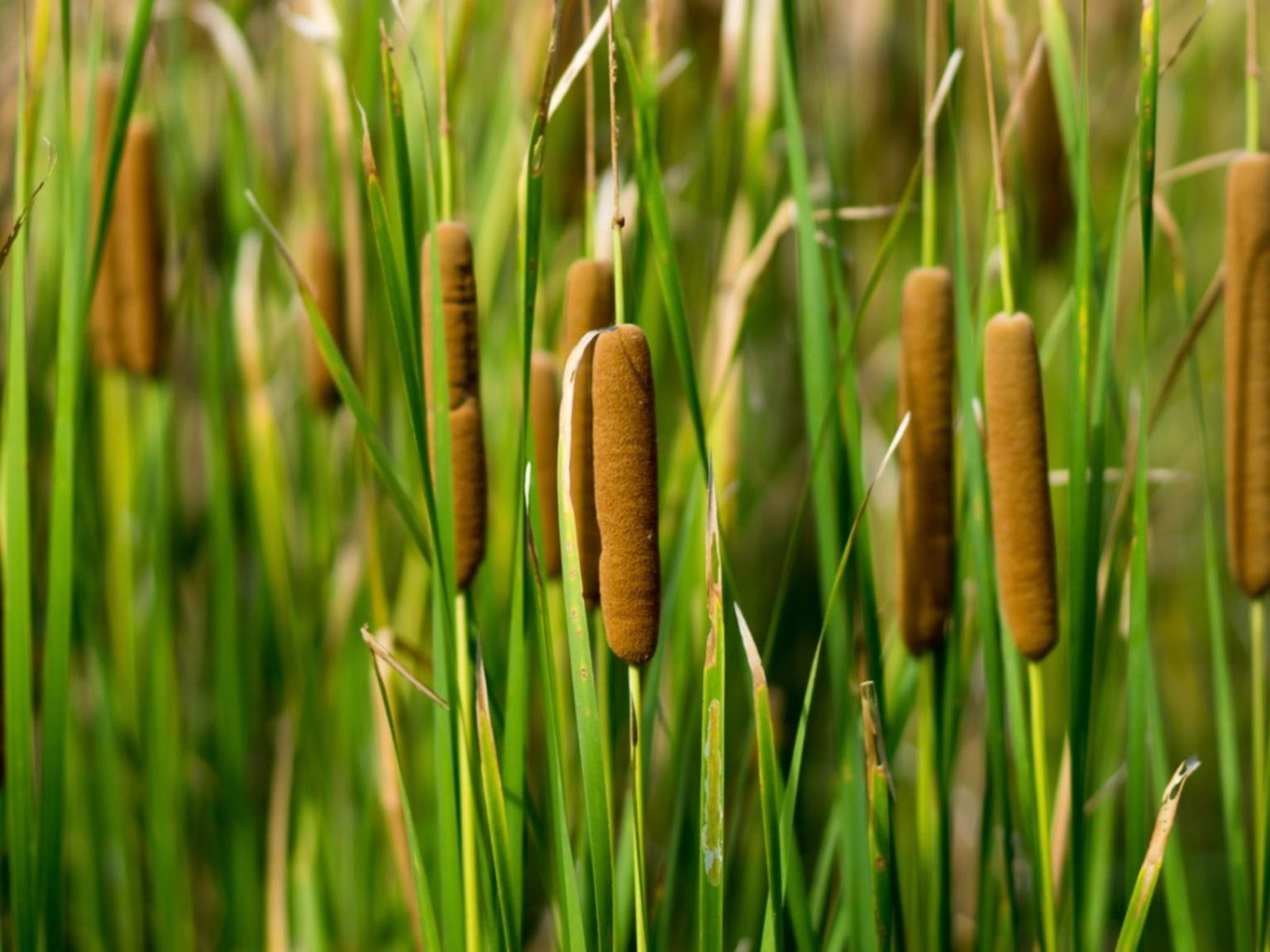
Cattail Plants Growing Information And Cattail Control
Pond Plants SHIPPING NOW! For Spring Shipping. $8.00. Buy Cattails on sale, GROWING POND PLANTS, typha latifolia & other cattail varieties.

Free stock photo of cattail, grass, plants
Cattail plants have a variety of benefits and purposes. According to Parade, cattails are a favorite among birds for both food and nesting material.They also attract small fish that birds, among other wildlife, prey on. Cattails also have a history of use among Native American communities; Native Tech lists a variety of cattail uses, including consumable, medicinal, and functional, such as.

Vickerman 604595 60" Green Cattail Grass In Iron Pot (TD190660) Home Office Bushes Walmart
Zones: 3-10. Other common names: Common Cattail, broadleaf cattail, rushes, cossack asparagus, bulrushes, cat o' nine tails and flags. Mature Height: 4 - 6′. Soil / Climate: sun to part shade, grows well in rich loams. Cattails prefer shallow, flooded conditions. Notes: Foilage turns yellow brown in fall. Yellow male flowers. Green female.

Potted Cattails How To Grow Cattail In Containers
Here's how to start cattail seeds indoors: Begin by soaking the seeds for 24 hours, then cleaning away the cottony debris that often surrounds them. Let the seeds dry, then press them on top of a two-inch container filled with a mixture of seed-starting compost and coarse sand. Cover them to a depth of 1/4 inch with compost.
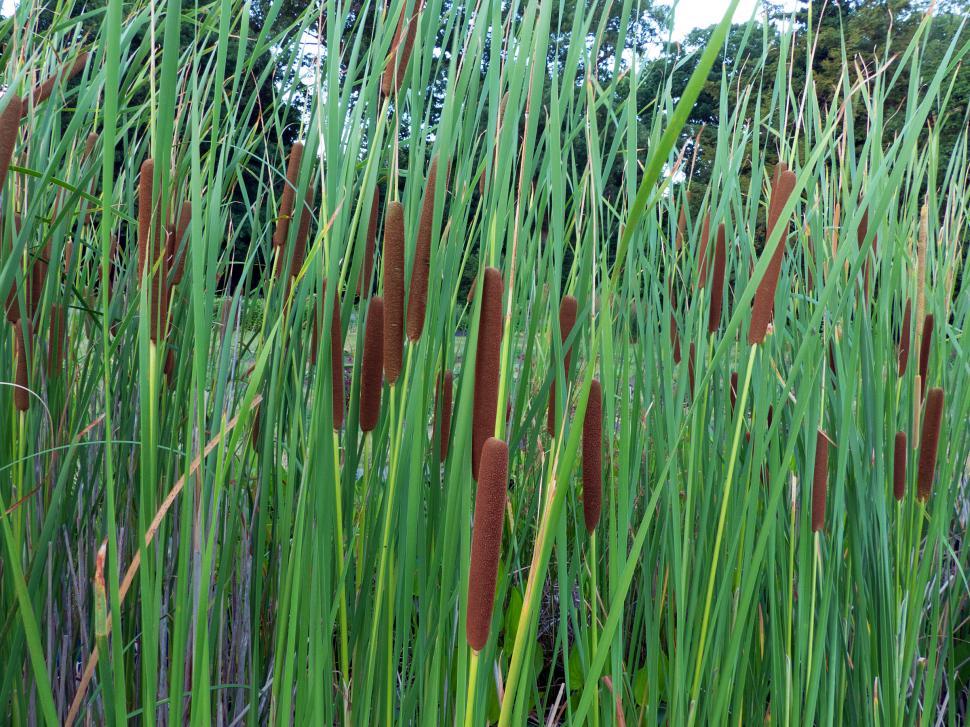
Free Stock Photo of Cat Tail Grass Download Free Images and Free Illustrations
Listen • 5:23. (PD) Cattails. Cat-o-nine-tails, reedmace, bulrush, water torch, candlewick, punk, and corn dog grass. The cattail has almost as many names as it has uses. Humans have taken their cue from the animals over the centuries and continue to benefit from cattail's nutritional, medicinal, and material uses.
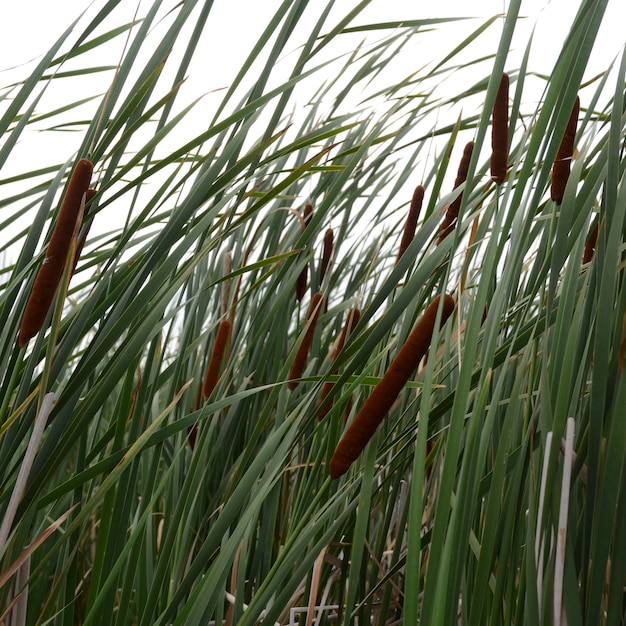
Premium Photo Closeup of cattail grass, kenora, lake of the woods, ontario, canada
Southern cattail is an herbaceous, perennial monocot in the cattail family (Typhaceae). This family has two genera, Sparganium(bur-reed) and Typha (cattail), both of which are grass-like plants of wet areas that grow from horizontal stems (rhizomes) that may be submerged for long periods of time. There are 15 recognized species of cattails, of which three are found in Califonia.

17 Best images about Cattails Cattails Cattails on Pinterest Ontario, British columbia and The
cattail, (genus Typha), genus of about 30 species of tall reedy marsh plants (family Typhaceae), found mainly in temperate and cold regions of the Northern and Southern hemispheres. The plants inhabit fresh to slightly brackish waters and are considered aquatic or semi-aquatic. Cattails are important to wildlife, and many species are also cultivated ornamentally as pond plants and for dried.
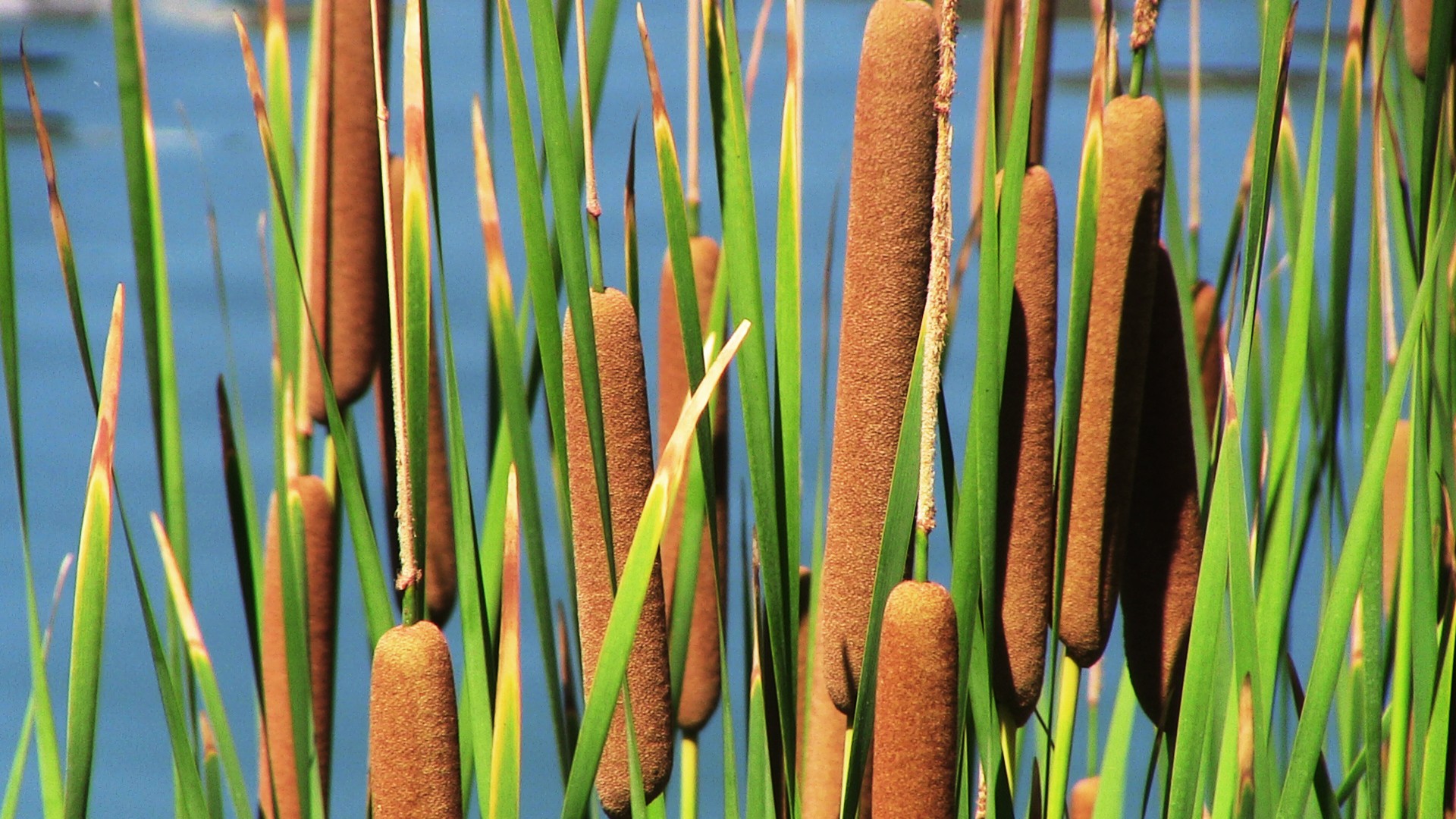
Closeup Of Cattails Free Stock Photo Public Domain Pictures
Soak the seeds for a few hours before sowing, since moisture aids germination. Any good quality, well-draining soil will work. Thoroughly moisten the soil before planting. Press the cattail seeds to the top of the soil's surface; you don't need to bury them. Water to further settle the seed onto the soil's surface.